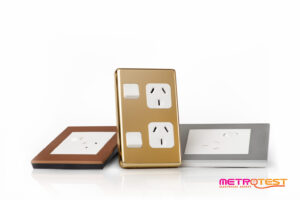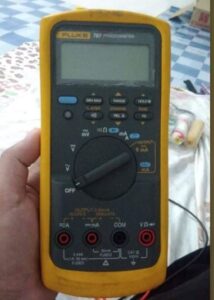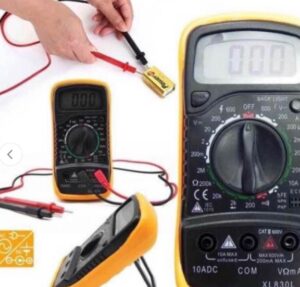
As we welcome another year, many businesses and organizations are now preparing to have their appliances tested for electrical safety. As required by the law, business owners need to check the condition of their electrical equipment to prevent accidents and other untoward incidents in the workplace.
The best way one can do this is by regularly conducting PAT testing (Appliance testing) in the workplace or even at home. The process helps ensure your tools and appliances are safe for you and others to use. It also helps you keep track of potential repair or maintenance work to keep the appliance in a good and safe working condition for a long time.

How Does Testing and Tagging Works?
It’s important to note that appliance testing itself is not a legal requirement but safe tools in the work environment are, making the process 100% necessary. PAT testing applications are the most effective way to check your electrical equipment for safety and functionality. Below are some of the specific types of appliances that need to undergo routine PAT testing:
- Stationary appliances – These include washing machines, dishwashers, refrigerators, vending machines, and other types of electrical equipment that rarely gets moved due to their weight or the purpose they serve.
- Movable appliances – Any electrical device weighing less than 18 kilograms and has wheels that allow for easy transport, such as portable AC units.
- Portable electrical devices – Includes any device weighing no more than 18 kilograms, such as electric kettles and toasters.
- Hand-held equipment – Some examples include a hairdryer and chainsaw. Such equipment poses high risks of electrocution because you need to hold them while you plug them in.
- IT equipment – This could refer to anything IT-related such as desktop computers, laptops, internet routers, and servers.
Many of the above appliances could be considered class one or class two appliances. Look at the label for clarification.
The process involves visually inspecting the equipment’s key components and checking the wiring insulation and grounding continuity. With these tests, you can determine whether your electrical device might pose risks for injuries and/or fire hazards. It can also help you determine whether you can continue using your appliance or opt for a replacement as soon as possible.
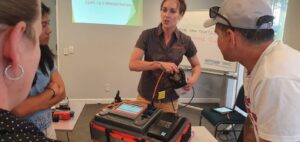
PAT Testing – Your Available Options
You have the option to test and tag on your own. Here at MetroTest, you can undergo professional training and shop for all the equipment needed for testing and such as our in-house PAT testers and label printers. If you’re not keen on testing the device on your own or if you don’t want to invest in testing equipment, you can hire a professional through Metrotest. Our team can lend you a hand with all your PAT testing needs.
You can enroll yourself or others into our in-house or online competency training courses to help gain basic or advanced knowledge needed in operating PAT testing equipment. It’s an ideal option, especially if you have a lot of electrical devices this can save thousands each year. It also allows you to test your appliances whenever convenient to you or your workload. As long as it’s done before your tags expire.
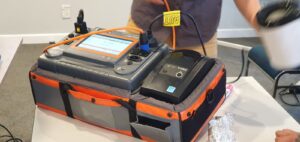
What Happens if the Device Passes or Fails the Test?
The testing procedure could either result in a PASS or FAIL. If your device passes the test, it’s deemed safe for use and gets a compliance tag. On one hand, if it doesn’t meet the standards, it fails the tests and you’ll need to remove it from service or undertake some maintenance or repair works as required.
Make sure to get in touch with us if you need help with any appliance testing requirements. Avoid repairs yourself if you lack the qualifications required as this may require further training (in New Zealand you are required to be electrically registered and have a current practicing license as this is prescribed electrical work)
Need PAT testing done? Metrotest can schedule a time that works for you!




